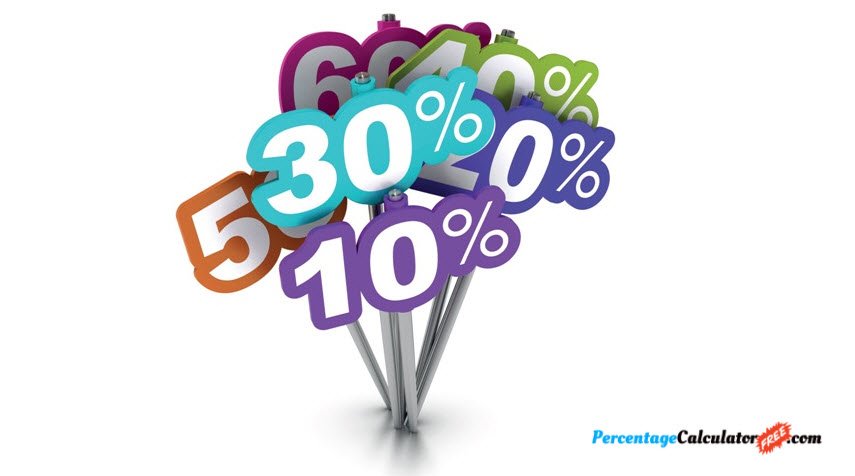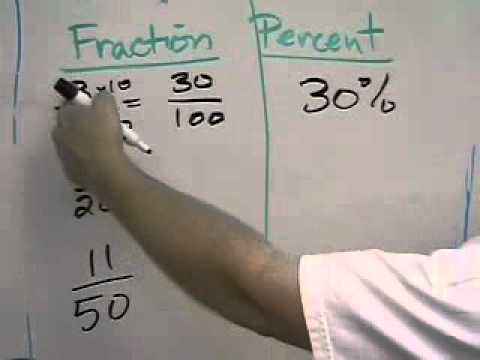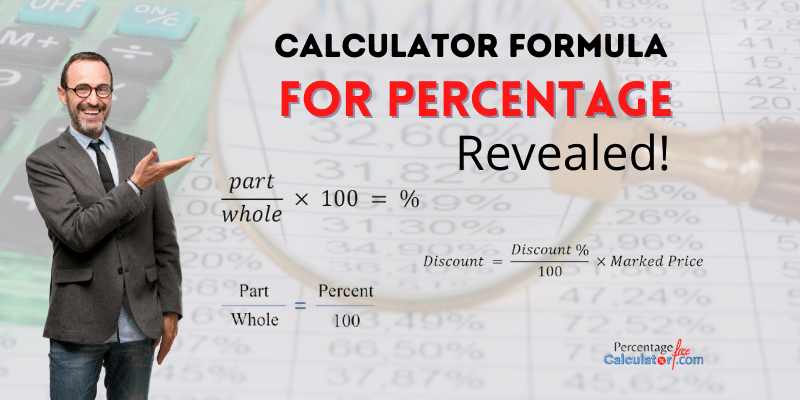How to Find Out How Many Percent of a Number Is Greater Than One Hundred?
When an investor’s principal increases by 4%, his profit will be $4,000. If the same percentage were 4% higher, the same investment would have a $7.50 profit. For example, if a person’s initial principal is $200 and increases by 7%, his profit would be $6,000. If he doubles that amount and invests in class B, he will get a $10 profit.

Calculate the percent of a number.
There are two types of percentages: decimal percent and base percentage. The first type is the actual percentage value, which is the number before the percent sign. In the second, the percent is the size of a unit with another. This makes it simple to understand why one percentage is lower than another. A number can be expressed in terms of percent in a way that is easy to understand. Using a calculator, you can find the percent of a given number in a certain way.
Only enter percentages within one percent.
Regardless of how you use a percentage calculator, you will be able to calculate it for free. The percent you enter in the box will be a fraction of a hundred. It is also easy to find out what percentage is higher than one percent in a different way. This is helpful in cases where the percentage is much higher than the original number. However, it is essential to remember that you should only enter a percentage within the one percent range. Otherwise, you will be calculating the percentage of an entire number by hand.
Divide the result by 100 to find the percent greater than 100.
A percentage calculator allows you to compute the percentage of a number based on three values. Suppose you are trying to determine how many percent of a number is more significant than one hundred. In that case, the third type of calculator will suffice. You can use the third option to calculate the number’s percent by multiplying the result by 100. This will yield the exact number. It is essential to understand that the term ‘percent’ is a Latin term meaning “per centum.”
Multiply by 100, the difference is the percentage.
Suppose you want to know how many percent of a particular percentage is more significant than a certain number. In that case, you must know what percentage of that number is more remarkable. This may be accomplished by multiplying the result by a hundred and then dividing by 100. This is the difference in percentage in the values. A product is not more than 50. It may contain more than half. This makes the outcome of the product more valuable.
A four-foot sapling is four times as long as a fifteen-foot sapling.
The question of how many percent a specific value is related to the size of the proportion in a given percentage. For example, if a tree has a height of 150 feet, its percentage equals its height. A child of a certain proportion is the same size as a tree. Hence, a person of the same age is equivalent to a five-ft sapling. A five-foot sapling has a length of four times that of a fifteen-foot sapling.
Similarly, a pair of shoes can be described in terms of the percentage that relates to it. If a shoe size has a length of 50 inches, the ratio is equal to fifty percent. A five-inch difference is a five-centimeter difference. A ten-centimeter-inch-inch-inch-inch is a ten-feet-inch. A ten-foot-long shoe is a meter. The base value is a half-inch.
Circle the city 1000 feet and color the cells.
Suppose the value in a given percentage is a decimal. In that case, the formula for converting it to a decimal is straightforward. First, the calculator must subtract the “%” character from the percentage and multiply it by the hundred. Once you have the percentage, you can move to the following field and repeat the process—a thousand-foot-long plotted circle around the city’s perimeter. Finally, the colors of the cells can be changed in an equal proportion.
The second way to calculate percentage growth is to make it a percentage of a higher value than the one you’re trying to calculate. For example, a hundred-foot-long square is one hundred-foot-high. A ten-foot-squared area is a metric. It’s a proportion of a unit of measurement, but it’s a decimal or an even more significant proportion. In addition, a meter-squared distance has a different definition in a meter.




Leave A Comment